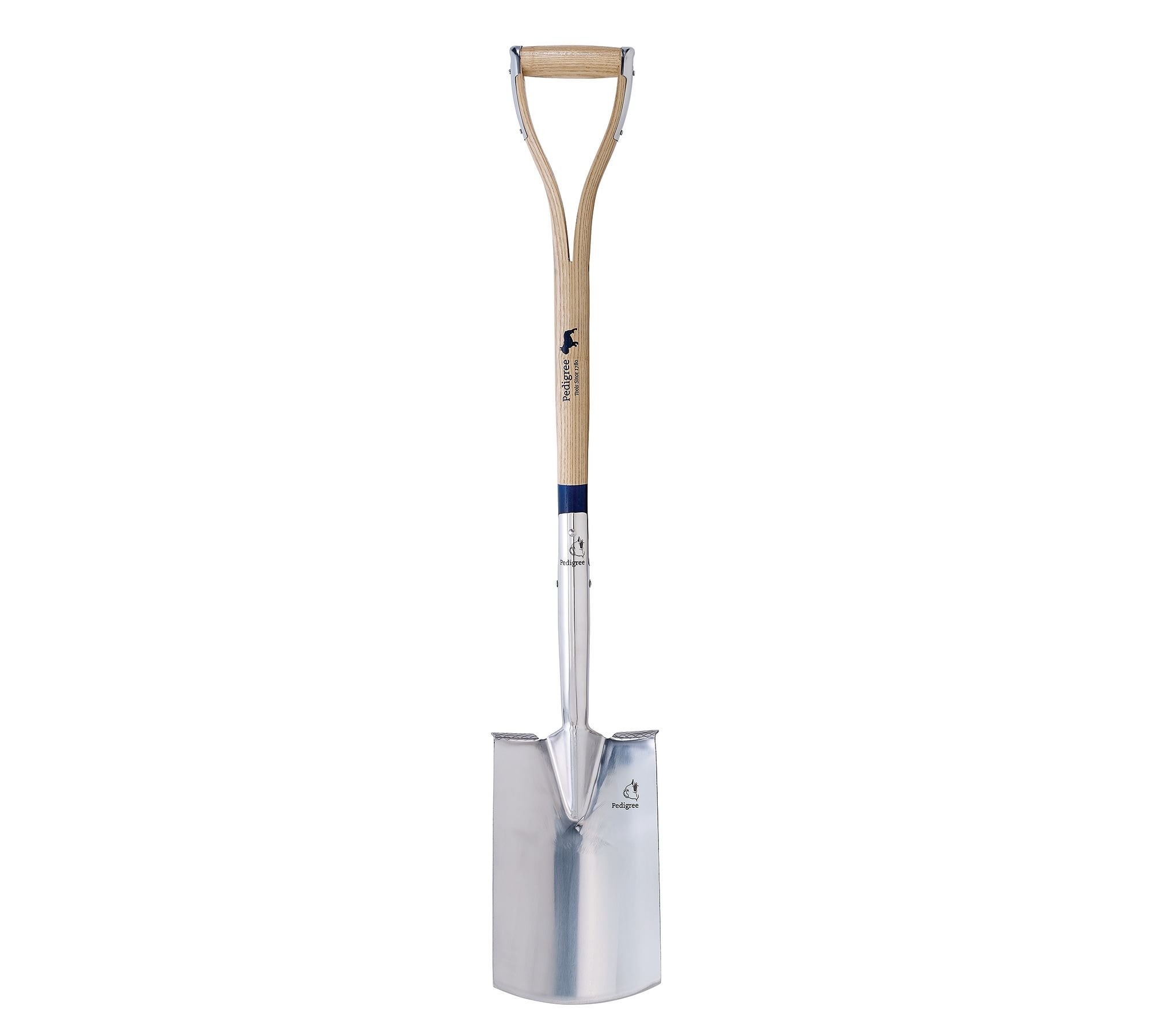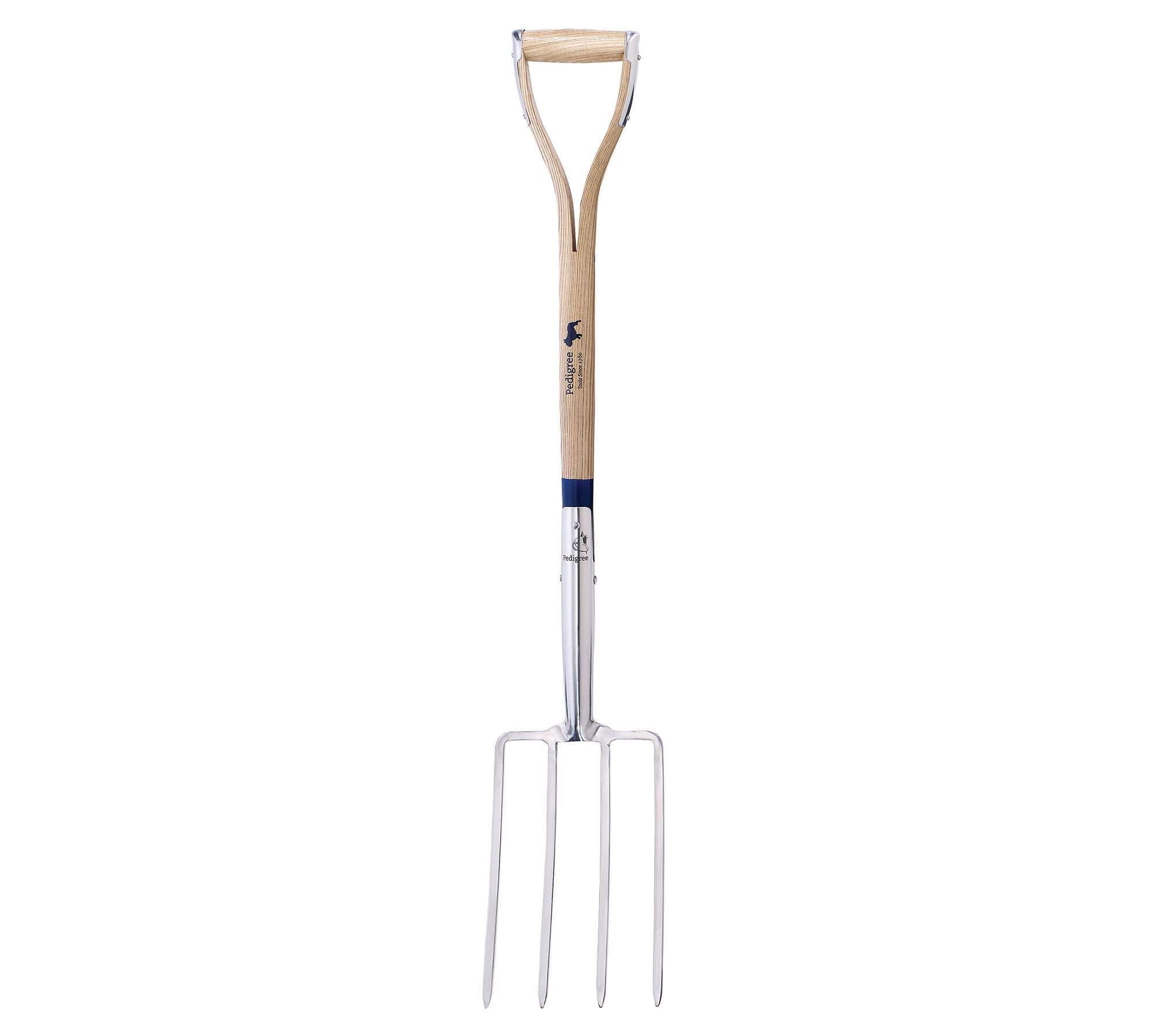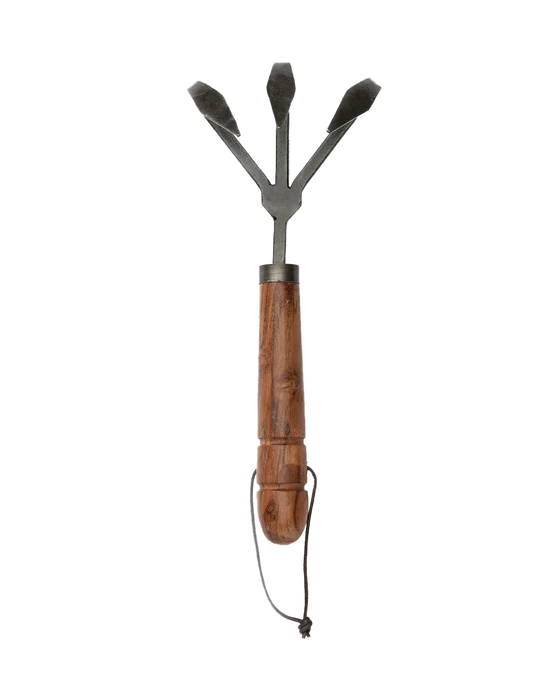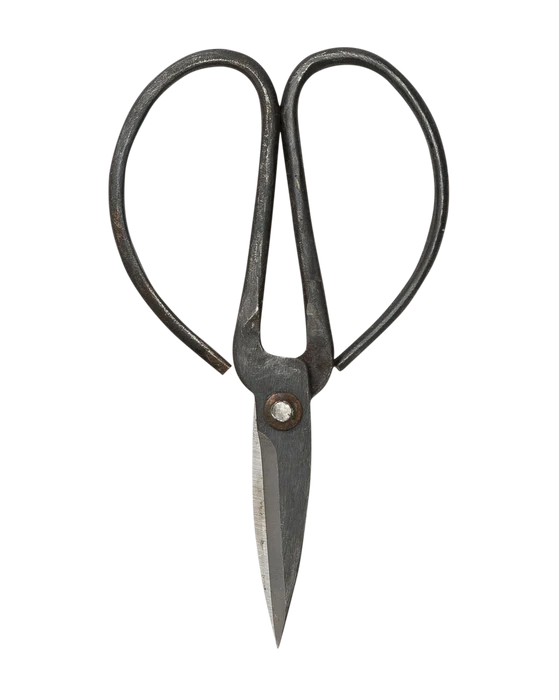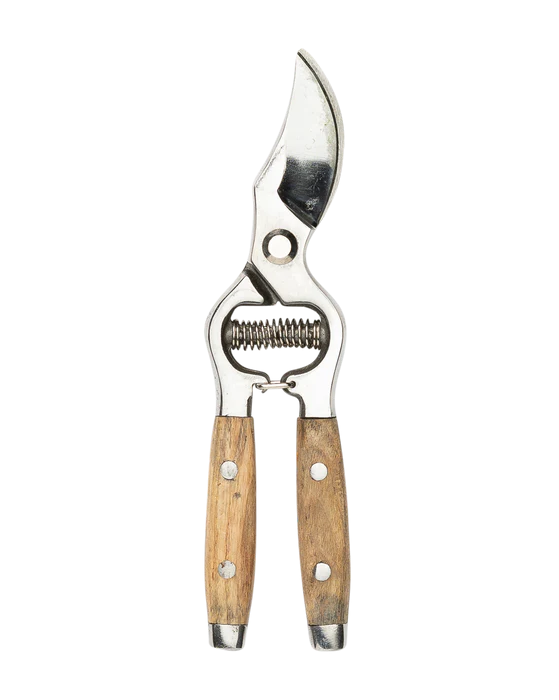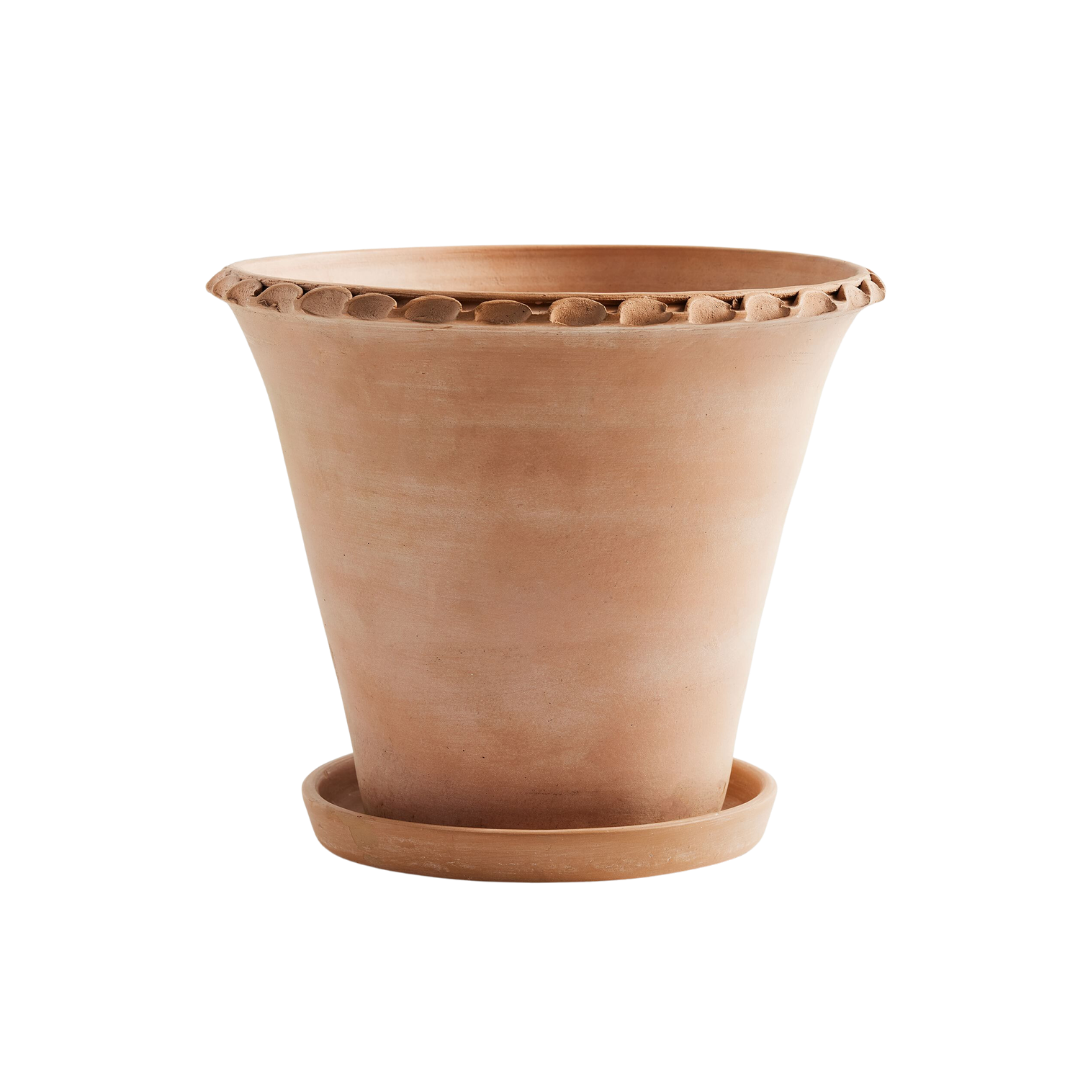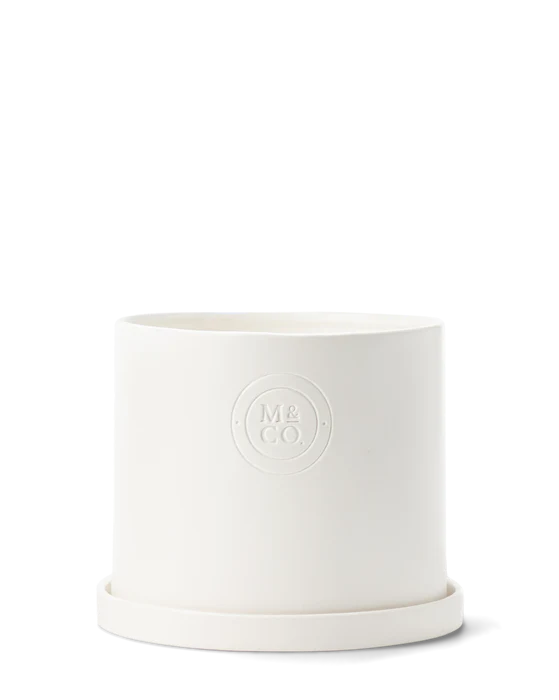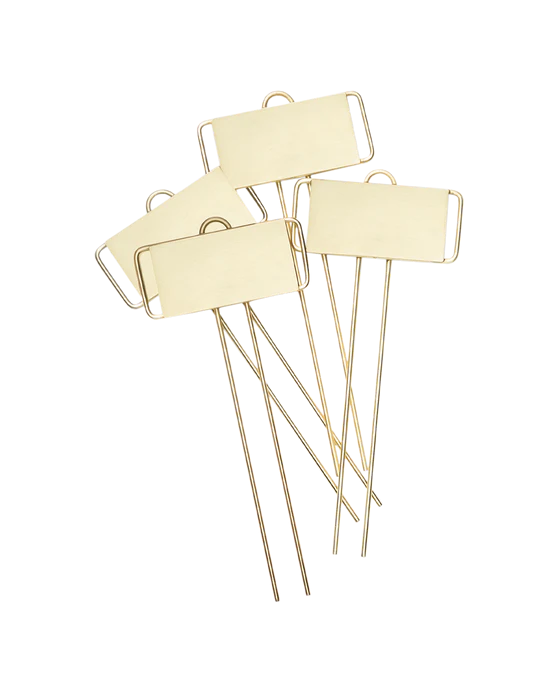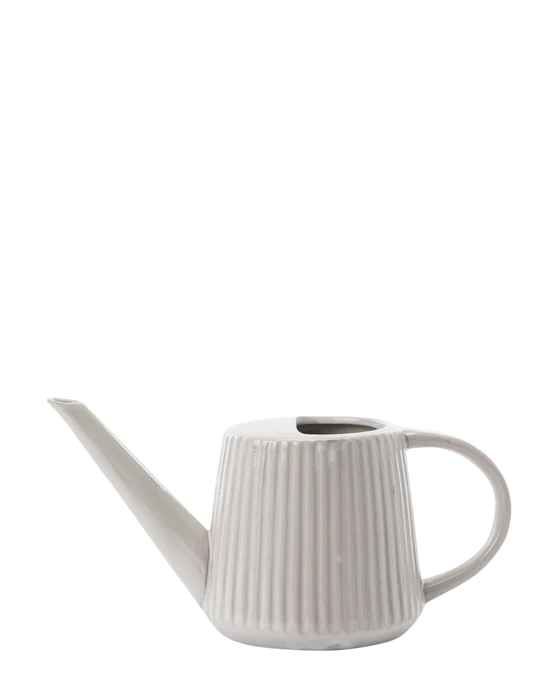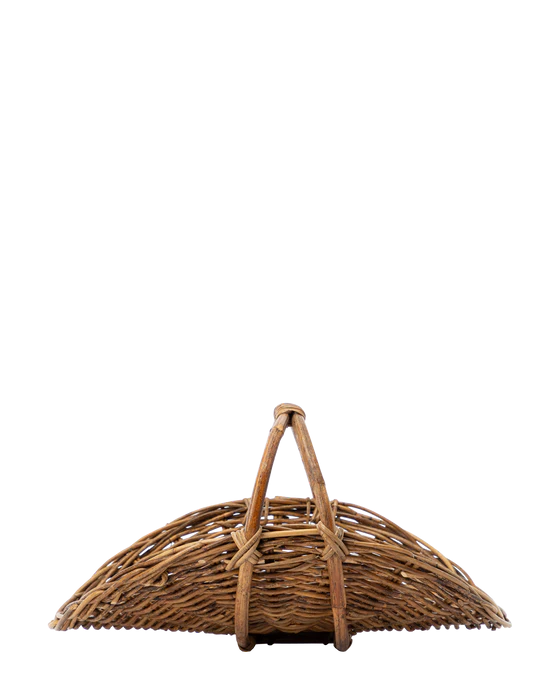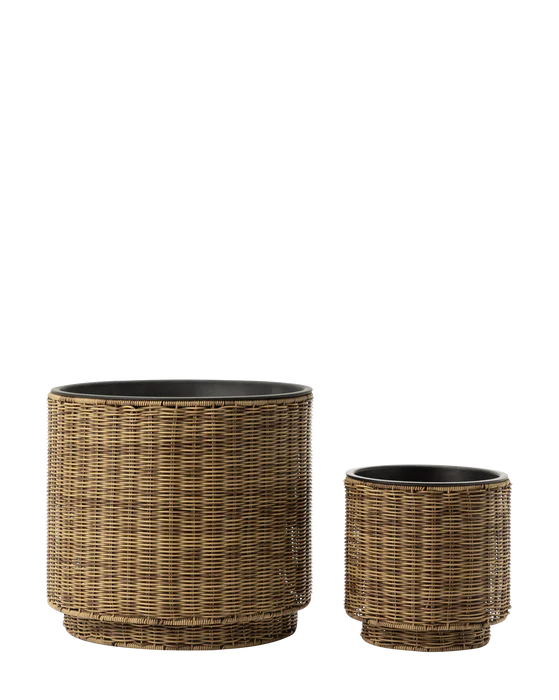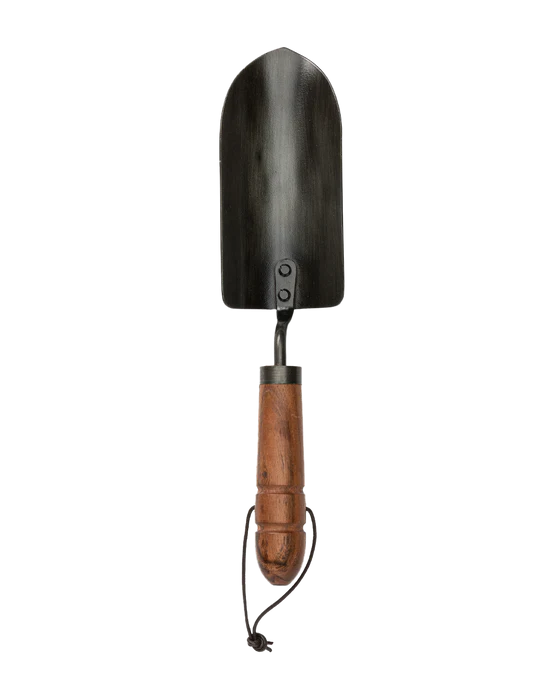Prepping Your Garden For Spring
Prepping Your Garden For Spring
Our top tips and must-have supplies for planning and planting your garden.
Maintaining a garden is a labor of love…
It’s also extremely gratifying to watch a garden start from nothing and grow and flourish over time – it kind of feels like magic. Now that the days and hours of sunshine are getting longer, we’re ready to start spending more time in the great outdoors. Few things bring us more joy than time spent in our own yards and gardens. Now is the perfect time to start dreaming up ideas for your garden plot—there’s nothing better than making a salad with ingredients from your own yard, or clipping fresh flowers for a dining table centerpiece. We’ve learned so much about what works and what makes the process even more enjoyable. If you’re just starting out yourself, the more important thing to know is that don’t have to be an expert to jump in. The ability to research online can help mitigate mistakes, but ultimately, but doing the work is the best teacher. Not everything will be perfect – and that’s okay!
Today, we’re talking about how to prep your garden for springtime planting and helpful tips.
Our Spring Gardening Picks
If you’re just starting out…
No. 01 | Make a Plan
As you start to plan your garden, consider your space and how you will utilize it. How much space do you have and how much of that can be allotted to the garden? Which sorts of plants will you want – are you hoping to have a floral cutting garden, vegetables and herbs for all your summer salads, or a little bit of both? Before you make the final selections on the seeds and plants you’d like to use, be sure to check your zone and the amount of light your garden will need. Once you’ve thought through these logistics, put your ideas to paper. Sketch out the measurements you need for a planting bed, or building a garden box, and measure out each plant and the amount of space they need to grow. Some can be planted close together, like zinnias, but other plants need more space and cages, such as peonies and tomatoes. Once the schematics are laid out, think about your soil – will you need topsoil brought in? Will the soil you have in your yard need amendments to ensure your plants get the nutrients they need? Taking the time to organize and prep the garden can feel daunting, but taking it one step at a time will ensure your garden will produce all season long, and you can enjoy all the delicious and beautiful results of your hard work!
No. 02 | Tools & Supplies
A green thumb is thankfully not a required talent here, and so much can be learned along the way! Simple gardening tools will ensure success; a shovel, a watering can or hose, some gloves and you’re set. Of course, with all that time in the sun, a hat is a must, and we love an apron for its functional purpose. A fresh set of sharp clippers make picking your flowers, fruits and vegetables a breeze and we love ones that are as pretty as they are functional.
No. 03 | Pots & Accessories
Half the fun of a garden is the accessories that go along with it. A beautiful woven basket is the perfect piece for bringing in all your cuttings or carrying your fresh vegetables from the garden. If you don’t have the space for a formal garden, you can plant in pots and sprinkle them around your patio or yard. Pick a few of your favorite herbs and grow them by your kitchen window to bring the outdoors in and enjoy the scents in your home all season long.
Plus, some helpful tips…
Tip No. 01 | Lean into perennial and native plantings
So many people get really focused on just growing flowers, veggies, and herbs, but perennial and native plants are not only easy to maintain, but they can be planted earlier in the season and will provide additional support to the ecosystem around you. If you have more good bugs, they will lower your predator bug pressure. A selection of perennial and native flowers, grasses, and shrubs can be lovely and require little work once they are well established.
Tip No. 02 | Wait to weed
If you have an existing garden, consider waiting to weed. Go ahead and lay your fresh compost on your beds, but let nature show you what it wants to reseed. You may get some of your most resilient and productive flowers and veggies to come up without any work on your part. I love to see what comes back after the winter months. Once everything has revealed what it is fully, then I weed heavily and let things go from there.
Tip No. 03 | Pay attention to timing
When you’re getting ready to plant, remember that not everything goes in at once. Some things like to be directly seeded or planted early before your last frost and others may need to wait 1-2 weeks after you clear your last frost. Paying attention to the overnight lows and reading about the plants thoroughly will lead to your best guess on timing.
“Every gardener needs a great shovel for everything from trenching for seeds to propping up a garlic bulb for harvest.”
Tip No. 04 | Start some seeds
Starting your own seeds is a great way to get a jump on the season. It also gives you access to hundreds of special varieties that you won’t find at your local nursery. It’s the most affordable way to fill a cutting garden fast.
“Starting your own seeds is a great way to get a jump on the season. It also gives you access to hundreds of specialty varieties that you won’t find at your local nursery and is the most affordable way to fill a cutting garden fast.”
Tip No. 06 | Focus on the soil
A successful spring starts in the soil. Be sure to amend your garden beds, whether you’re working with in-ground or raised beds. Add in a mix of high-quality compost (four inches added on top of your soil gently cultivated into the top layer of your bed) with some worm castings and some kelp meal to really be sure and start off on the right foot. All great gardens have soil that’s full of nutrients and microorganisms. Once that is established, get to planting. And as a bonus tip, always add more pollinators. Veggies grow best with flowers to draw in the birds, bees, and butterflies.
“A great harvest basket is spring’s best tool because it doubles as a decor piece. Inevitably we end up with a tray full of veggies on the counter after collecting the day’s bounty. Garden-to-counter is the best type of function.”
Tip No. 07 | Jump right in
My number one piece of gardening advice is to be curious. Don’t be afraid of failure and let yourself sink into the process. The dreaming and planning, the envisioning, the seeds, the soil, the wait and expectation. From borrowing gardening books from the library during winter to starting seed swaps with friends over tea or wine! There is so much to learn from the process when you can let go and have fun! whether you have a large garden or just a few pots, start where you are.
Tip No. 08 | Herbs + Containers
With spring right around the corner, the herbs that will soon grow in the garden are on my mind. At the top of my list is mint, one of my favorite herbs in both savory dishes and tea-making. The problem is that mint wants to take over the garden. One of the best ways to solve this is to grow mint in a container. Since it’s a vigorous grower, mint will adapt to any size pot in which it’s planted. That’s why containing the plant in a defined space rather than an open garden bed keeps everything manageable and beautiful. And the pleasant surprise is that it’s hardy enough to survive harsh winters in a container and come back year after year.
The Gardening Greats
Springtime must-haves for getting the home garden out of the winter slump.
We hope you enjoy the items recommended here. At A Good Home, we put a lot of thought and intention into our recommended items, only suggesting things we love and use (and think you might, as well). We also like transparency, so, full disclosure: We may collect a share of sales or other compensation if you purchase through the external links on this page.

